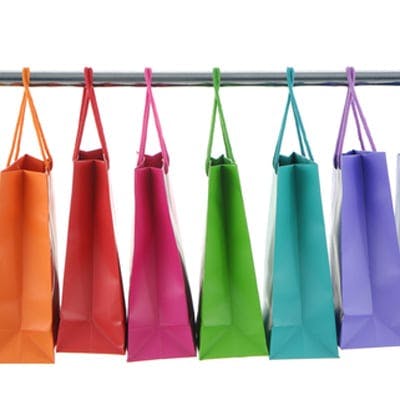Starting a successful retail business is now easier and more affordable than ever. Gone is the need to invest millions in capital investment, stock, staff, rent and so on.
The growth of internet technology has been a boom for online retail, but the next phase of commerce represents a massive opportunity for real-world and multi-channel commerce.
Many Australian consumers are tiring of the large, faceless corporate chain stores and are buying online in increasing numbers. However, they report missing the tactile experience of buying goods from brick and mortar businesses.
The rise of the small business is set to be the next seismic shift in retail especially in a diverse country like Australia. Nimble, local businesses, offering goods both in store and online, and an experience that simply cannot be had elsewhere will succeed.
This is brilliant news for small and start-up businesses. The barriers to entry have fallen dramatically. Reaching your first customers and making your first few sales has become easier than ever. And the tools that enable businesses to do this, which once used to be available only to companies with seriously deep pockets, are now more affordable than ever.
So read on, get inspired, and get out there with your wares! Here are 5 easy steps to DIY retail:
1. Go to market
Testing there is a market for your product is the single most important thing you can do before launching a business. But we’re not talking expensive telephone and door-to-door surveys.
The tremendous popularity of local markets or Buy, Swap and Sell site offers businesses an opportunity to test their products and reach their first, often lifetime, customers, for a modest investment of time and money.
Take your business to your local craft fair or farmers market and you will learn quickly how savvy buyers from larger retail chains scout for new products and trends there.
2. Go wholesale
Approach like-minded local businesses about stocking your products. Connect with retailers in your area who support local manufacturing and services.
3. Go online
Selling online has never been easier than it is today. You can create an online store in minutes, using hosted apps like Shopify, MagentoGo or Big Commerce. You can do it DIY with an off the shelf template, or hire a designer to bring out a particular flair.
Selling online is about more than just attracting customers to your branded website, it’s about getting your product in front of new customers, on as many channels as possible and online market places like Ebay and Etsy. Managing your products and inventory across mulitple channels is inexpensive and easy, using web based tools like Stichlabs or Bizelo.
But don’t just expect your products to sell themselves. Get the word out on your Twitter and Facebook pages. Create a blog, post and share content. Start following brands you love on Pinterest. And invest in Google Adwords.
4. Go mobile
Don’t wait for your customers to come to you – go and find your customers. For much less than the cost of setting up a brick and mortar shop you can buy and fit out a mobile retail boutique.
5. Go brick & mortar
The last piece on the puzzle. If you have already established a successful business online and other channels, then the risks to opening a traditional brick and mortar shop are minimised, and the investment justified. But you can still apply the same start-up and DIY ethic to this step.
Start small. Test an area by hosting a pop-up shop in an empty rental. Get to know the shoppers in that location. Go off the beaten track. Rentals off the high street are significantly lower because of reduced foot traffic. But if you have already established a solid brand online, and in other channels, your customers will come to you.
Most importantly, don’t waste money on IT infrastructure you don’t need, especially before your first customer has even walked in the door. Forget about servers, local networks, copies of Microsoft office. All you need to get up and running is a good internet connection, an iPad and a subscription to online point-of-sale (POS) software solution like Vend.

